iFi audio iPurifier2
USB filter/cleaner review
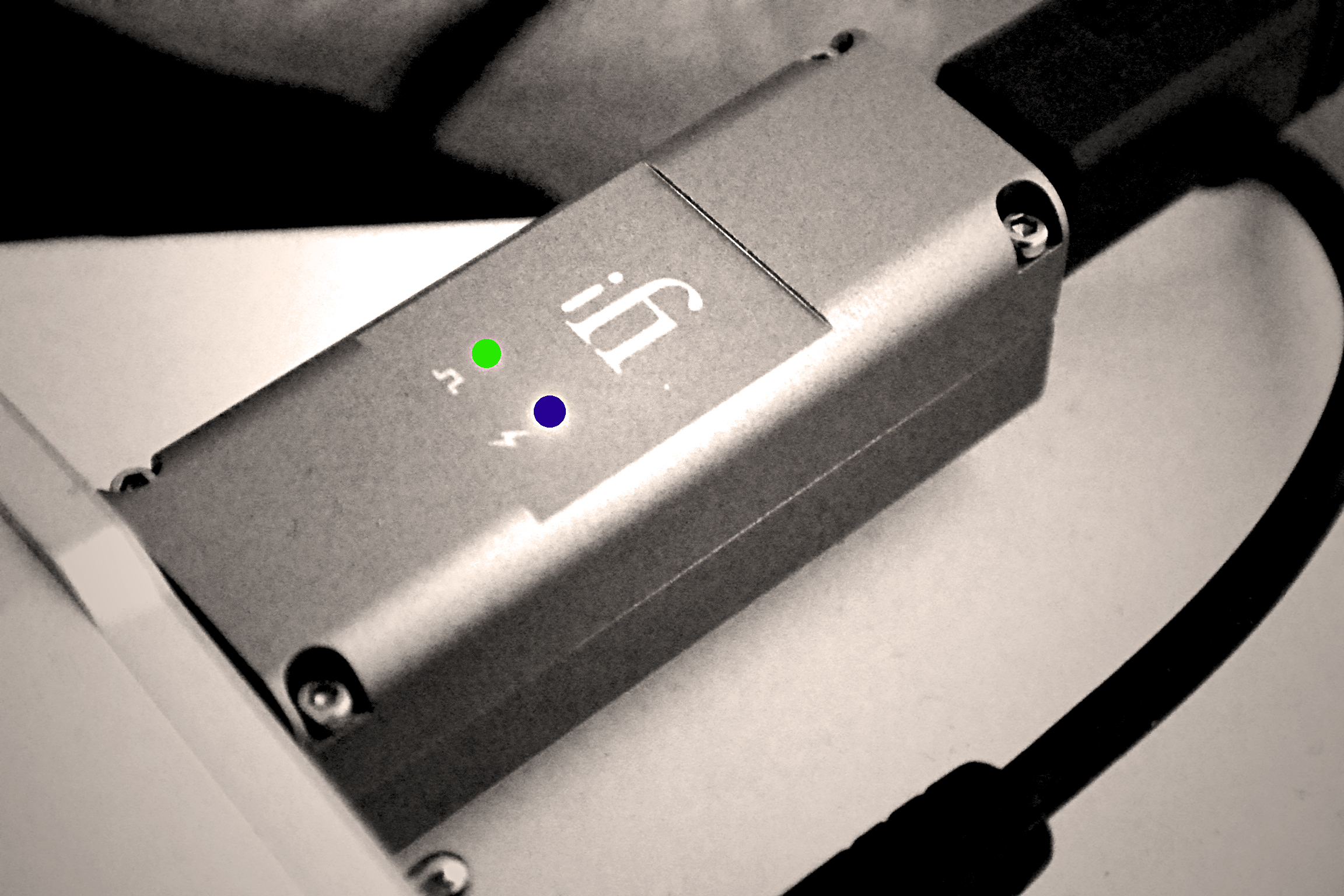

Introduction
The current widespread diffusion of liquid music, a kind of new word adapted to indicate the usability of music via media, such as music files in MP3, PCM or FLAC format has generated an increasing number of devices and appliances that use the USB protocol for audio transmission. In this regard, if we really wanted to be picky, the USB standard was not developed for the transmission of digital audio, but over time has attracted growing interest from nearly all brands of hifi equipment such as DAC, Media center etc, given that every home now has a computer.
The increasing use of a computer, be it a Mac or PC, as a source for streaming music has placed the USB connection at the top of the list of the digital protocols used to stream music over standards such as S/PDIF (coaxial digital) or the AES-EBU (balanced digital) linked now more to the professional sphere than to the consumer one. However, the transmission of digital data via USB is far from perfect, especially when compared to the previous protocols and when the source of transmission of the music is a computer that represents an area potentially subject to electromagnetic and electrical interferences. We are talking about problems such as EMI noise which is generated mainly by switching power supplies inside a computer that incorporates a switching regulator to use electricity more efficiently. Its presence can become very annoying and easily noticeable between one song and another. For this reason, in order to be able to express its full potential in the digital audio world, the USB standard needs a series of measures that will significantly improve the sound performance. In this regard, in our previous article, we already dealt with a very interesting accessory called iPurifier produced by iFi Audio, which we wanted to award editor’s choice due to its real benefits and improvements within our USB audio chain. Recently iFi Audio has gone one step further and made the worthy successor of the iPurifier i.e. the iPurifier2 the subject of our article.
Design
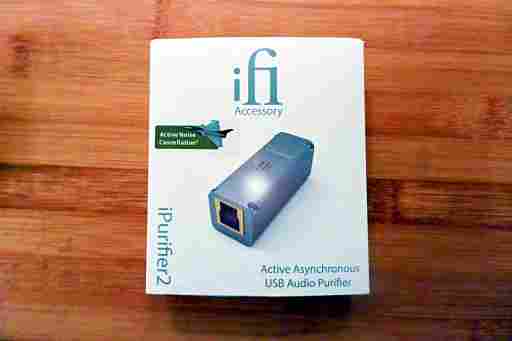
The iPurifier2, as with the first version, is sold in a tiny package that contains both a short illustrated manual and a USB signal repeater. Its external structure is made of die-cast metal with 4 tiny screws present in the upper part. On the top, when compared to the previous iPurifier, the new model has 2 LED which indicate the presence of both the power and the audio signal coming from the computer or whatever source is used. Other than this, following an initial assessment, all might seem the same as the previous iPurifier, but on reading the instruction manual we discover a new series of proprietary technologies that iFi Audio wanted to implement in this new version. We refer to ANC® or Active Noise Cancellation and three different solutions called REclock® REbalance® and REgenerate®. The Active Noise Cancellation is inspired by a technology used by the military forces. As described by iFi Audio when a radar for air defense transmits a certain frequency necessary to find the enemy, this can be picked up by a receiver on board of the aircraft that analyzes and generates an identical but reversed phase one thus neutralizing the radar signal and preventing the plane from being intercepted. Similarly ANC® technology generates a signal identical to the original noisy one, but phase reversed actively deleting all the input disturbance. This system is a very effective antidote for EMI noise that is the bane of every USB audio signal. iFi Audio claim a noise reduction of 40 dB on the input signal and a leveling from 100 mV to 5 mV on the audio band through the USB signal thus noticeably decreasing the threshold of the background noise. In addition to that, the iPurifier2 also exploits a reclocking function that’s further broken down into two phases. The first one, or the REclock® which gets along with the REgenerate® has the task of eliminating jitter as much as possible by regenerating a new synchronism into the USB signal that is independent from the one generated by the computer. The second one or the REbalance® has the function of correcting the unbalanced signal by removing the DC offset and possible inconsistencies impedance as does the original iPurifier. The term DC offset is derived from electronics and refers to a signal whose value has been moved by a certain value in respect to its reference mass. By extending this concept to the representation of a waveform, the DC offset can be considered the average amplitude of the waveform, and only when the average amplitude of this waveform is equal to zero, the DC offset is neutralized and the signal becomes perfectly balanced. Finally, compared to the previous model, the iPurifier2 has a USB 3.0 port in the back that is backwards compatible with USB 2.0 standard and allows the user to choose from 4 different kinds of sockets of the USB standard named A, B, C and the micro on the front so we have the widest compatibility with all digital audio sources on the market.
Listening test
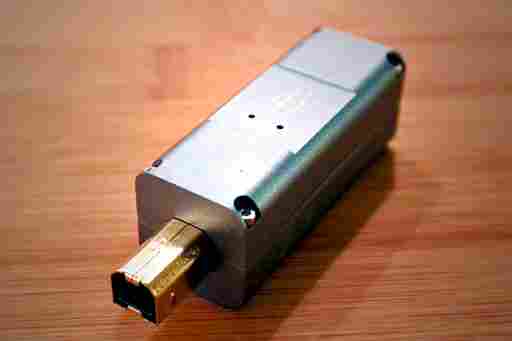
As usual we have inserted the iPurifier2 between our USB reference cable the Silver-One by Portento Audio and our DAC - the Tobby by Firestone Audio. We burned-in for at least 48 hours before doing any critical listening. The test took place in our small studio using our audio workstation bundled with Windows Fidelizer and JRiver as a player. To listen we used our reference headphones: the Audeze LCD-X, the HiFiMan HE-6 and the Sennheiser HD 650 driven in balanced mode by our two amplifiers the Audio-GD Master 9 and the Violectric V281. The music selection was based largely on high-resolution recordings of both rock music and electronic pop jazz characterized by a good dynamic range. One of the most interesting things about the iPurifier2 is that it doesn’t require any installation driver therefore acting as a plug’n’play device. It’s also compatible with PCM signals up to 768 kHz and DSD signals up to 24.6 MHz. Once we started the listening session the first feeling was that experienced years ago in a recording studio when we connected a word-clock outside our Rosetta converter made by Apogee. We immediately noticed, to say the least, a more general focus on the sound message thanks to the better performance of the frequencies and the transients accuracy. In electronic music tunes, where the kickdrum and bass are predominant, the percussion instruments are noted for having greater incisiveness and depth of low frequencies as if the drivers of our headphones were shaken up in a clearer and stronger way. Certainly we are not talking about overnight differences but sonically audible changes. The mid-range is the other portion of the sound spectrum that benefits more, giving back voices and guitars in a natural way and with greater presence. Regarding the high range, we can safely confirm rather less grit and a slight gain in extension. We believe that this type of improvement on high frequencies is due to a lowering of the jitter value. There’s no doubt that the iPurifier2 with these new functions such as REclock® and REgenerate® makes its presence quite evident in the USB chain and provides a more incisive performance than its predecessor. Given that we always like to experiment and exchange feedback directly with the manufacturer, at their suggestion, we tried to put a 5 volts linear power supply also produced by iFi Audio known as iUSB, between the DAC and the iPurifier2. This additional step was able to give our DAC, a USB signal that is appropriately powered in a linear manner without external disturbances. If at first we were dubious about the use of an external power supply associated with the new product made by iFi Audio, we were forced to change our mind. The inclusion of the iUSB allowed us to extrapolate power and audio data separately with the use of a Y USB cable also produced by Portento Audio. The quality of the USB signal in this new configuration has risen even further thereby improving some sonic aspects that originally had been already enhanced by the iPurifier2 in our audio chain. Finally, it also gave additional benefits to the stereo image that has become broader and better defined within the location of the instruments. The combo of the two products then took the audio quality of the USB signal to a level that didn’t make us miss what we could have achieved with two simple connections such as the S/PDIF or the AES-EBU.
Final thoughts
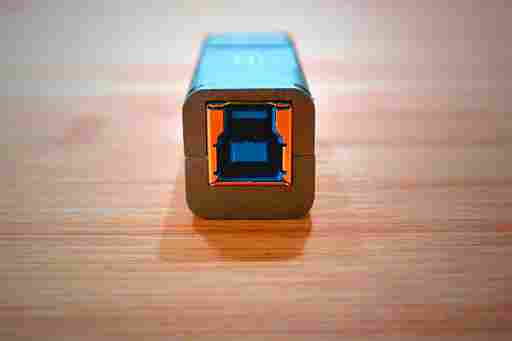
Unfortunately or fortunately, and we will never tire of saying it, the USB protocol, when purely intended for audiophiles or digital audio purposes, needs a whole series of measures and additional aids in order to unleash all of its potential. The iPurifier2 is definitely one of them especially if combined with a linear power supply as the external iUSB. Together they form a powerful team that can appreciably raise the performance of your USB audio chain. For this reason, the iPurifier2 is an essential accessory for digital audio via USB. We tried many more times and on several different occasions to do without the iPurifier2 thereby making many comparisons with it active or not, but once our demanding ear was accustomed to the performance of the new product we could not go back to leaving the iPurifier2 and the iUSB out of our setup. Even if you think that we are spoiled, we think that, this is one of those few vices that ultimately it doesn’t hurt either your health or your wallet.
Personal opinion
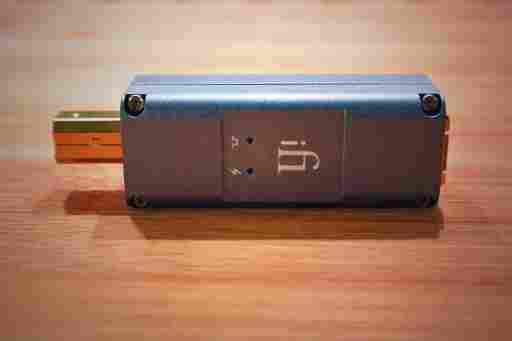
To be honest I’ve always been rather biased towards the USB protocol for what regards the transmission of digital audio because it has often been defeated by other protocols such as the S/PDIF and the AES-EBU. It may therefore be difficult to think that what it appears to be and I emphasize "appears to be", looks like that only a small passive filter can really make a difference. But over time I have had to think again about the quality of the USB standard especially when you have the necessary tools to make it sound its best. The iPurifier2 is definitely one of them, and since the first version has really raised the quality of the performance so much so, to the point that those sensations, when first used, reminded me as I told you, of when I used an external word-clock for the DAC in my studio. Everything is much more in focus, more precise and realistic than the previous listenings. If the sound transmission via the USB iPurifier2 is already itself a step forward compared to the normal connections such as the S/PDIF and the AES-EBU and somehow brings tangible benefits sonically, the iPurifier2 joined with the iUSB is one of the definitive steps towards the top quality USB audio. Well done iFi Audio!!!
Score
- Scoring110
- Sound quality [1]
10 - Bang fot the buck [2]
10 - Measures [3]
8 - Build quality [4]
10 - Versatility [5]
10 - Overall rating
9.6
- 1. The sound quality is really excellent
- 2. The bang for the buck of the unit is high compared to the price
- 3. The measures show very interesting values
- 4. Build quality and aesthetics of the device are excellent
- 5. Versatility is very wide range in the world of USB audio devices








